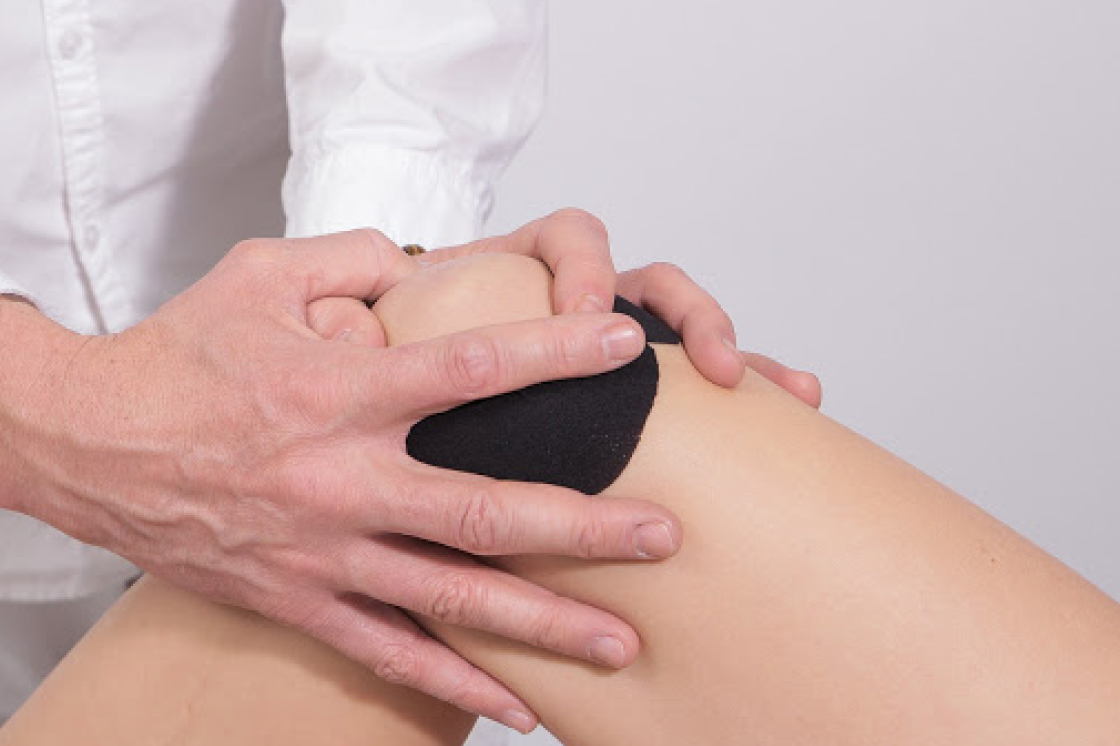Many clients are highly skeptical that their ailments can get better just by utilizing a few injections. Many clients may quit after a few sessions, but then return when they feel their ailments easing up. This is especially true when it comes to the practice of Rheumatology.
Rheumatology has benefited immensely from the use of PRP, otherwise known as Platelet-Rich Plasma. This is because not only is it simple to administer, but it works wonders for musculoskeletal conditions, such as joint issues, swelling, and bone issues.
If you are a Rheumatologist, you have probably used, or at least heard, of PRP therapy. This has helped many patients from having to go through surgery. However, over 27 million Americans in the osteoarthritis segment alone would have benefited more if their rheumatologist used PRP therapy.
Not All Treatments Are Successful, Here Is Why
Sometimes PRP can work, sometimes it may not, and this can differ even among the same person. However, there are some things you can do to prevent treatments from failing.
1. Concentration
For PRP to work, the platelets present in the blood extracted has to be more concentrated than the baseline in the body. This can work by utilizing a PRP kit, which you can purchase at Adimarket. Using these kits, you can get a 5-8x the baseline, which works best for the treatments.
2. White Blood Cells
PRP with white blood cells behave differently than those that do not have it. Most popular forms of PRP have these blood cells. There are three subgroups within this: Red Blood Cells, that don’t have platelets, Platelet Serum that has suspended platelets, and the Buffy Coat, which has both platelets as well as white blood cells. Adding in white blood cells can help speed up the healing process by removing bacteria and dead or dying cells.
3. Using Anti-Coagulants
When making PRP, it is standard to use an anti-coagulant. This prevents the blood from clotting, but it does make the blood a little more acidic than usual. This can be detrimental on the growth factors, so adding a buffer before injection can be beneficial.
The Growth Factors Used
PRP heals wounds rather well due mostly to the growth factors that re found in blood platelets. By activating these platelets, the growth factors are able to be used by tissues and ligaments. Although the specifics are not well known, there is plenty of evidence that growth factors help with inflammation, remodeling, and even regenerating cells.
What is the clinical Evidence supporting PRP?
1. PRP and Subacromial Tendonitis.
PRP has been shown to be effective in treating Subacromial Tendonitis in many studies. One study, headed by Dr. Turlough O’Donnell of the UPMC Beacon Hispital in Dublin Ireland, studied 102 patients treated with PRP while another 102 were treated with a 20mL solution of bupivacaine and 80 mgs of methylprednisolone.
After 12 months of follow-up, the PRP group were 16 times less likely to have to have invasive surgery as opposed to the other group.
2. Epicondylitis
This is often a chronic form of tendinopathy, and treatments are rarely effective. However, studies involving PRO have been promising. In one study, 19 patients who would otherwise have gotten surgery were given PRP treatment instead, and after 8 weeks, they saw a 60% improvement, and within two years, that number rose to 93%.
Another randomized double-blind study compared PRP with corticosteroids in 100 patients with chronic epicondylitis. The beneficial effects of PRP far outweighed the effects of the corticosteroids.
3. Plantar Fasciitis
Otherwise known as Policeman’s Heel, plantar fasciitis is fairly common in the field of rheumatology. The main treatment to date would be to simply mask the symptoms by using corticosteroids. However, one study showed that PRP was much better than corticosteroids after a 3 month followup.
4. Knee Osteoarthritis
PRP therapies for osteoarthritis of the knee have been studies intensively in the past few years. These studies have shown a lot of promise for this therapy. One systematic review showing a total of 1543 participants showed that PRP therapy fares better than hyaluronic acid when it comes to improving knee joint cartilage.
How PRP can Benefit Rheumatology?
PRP is not just a passing trend, and is here to stay, and may be the most useful tool for rheumatologists. With no other treatments coming close to its safety, efficacy, or simplicity, It is a shame that it is not more common than it currently is. Since this therapy carries no risk, there is no reason to at to not at least give it a try.
Trying it is relatively inexpensive, and will pay for itself over time. Adimarket will be happy to supply you with kits, and even a standard lab centrifuge.
We need more rhumatologists to utilize PRP and help patients forgo intrusive surgeries. This will be beneficial for over 27 million Americans. Besides, since it is a new treatment option, getting into the field early will make you a pioneer in the field, which will benefit your practice immensely.

